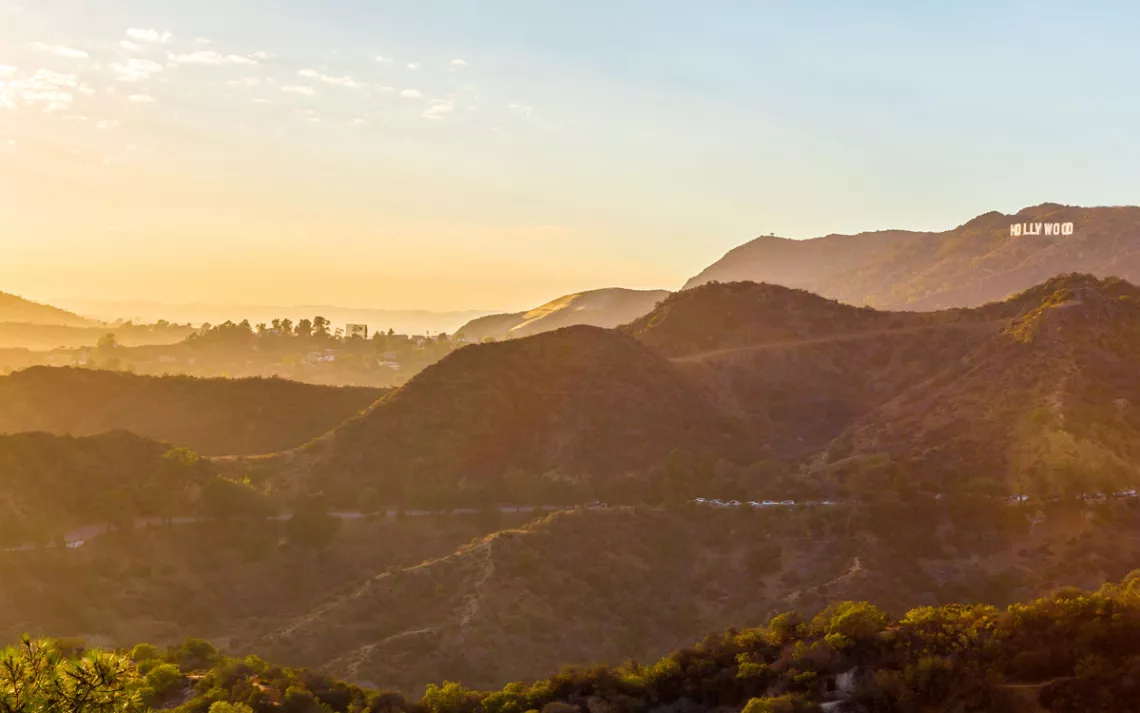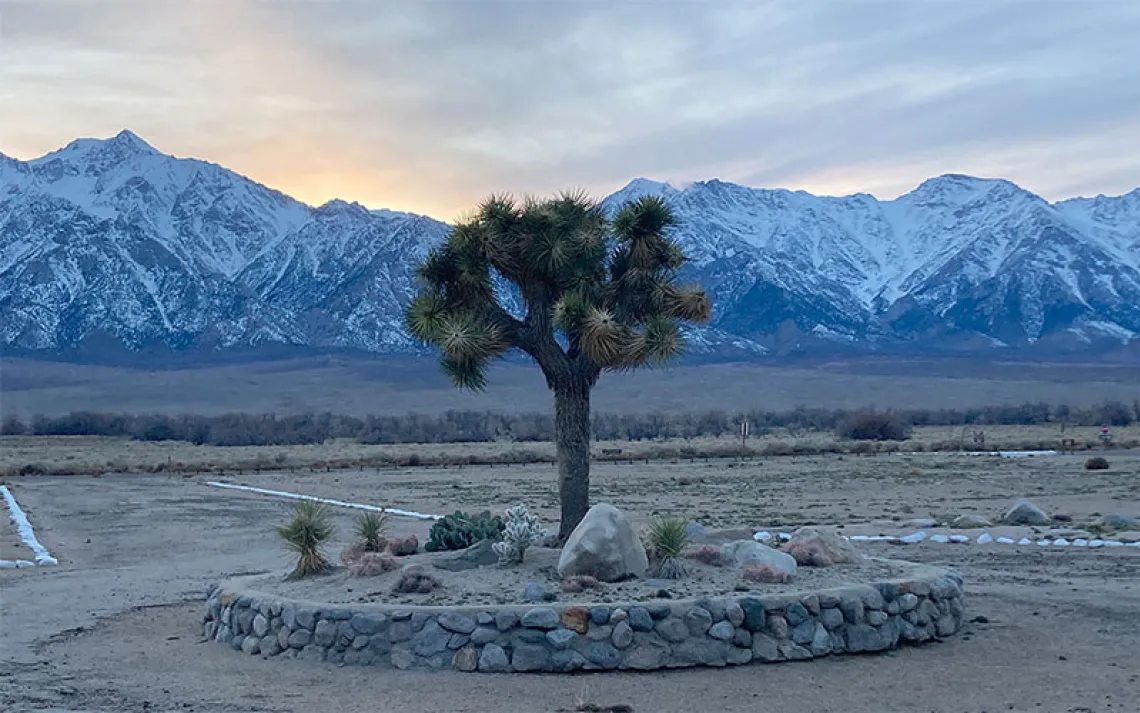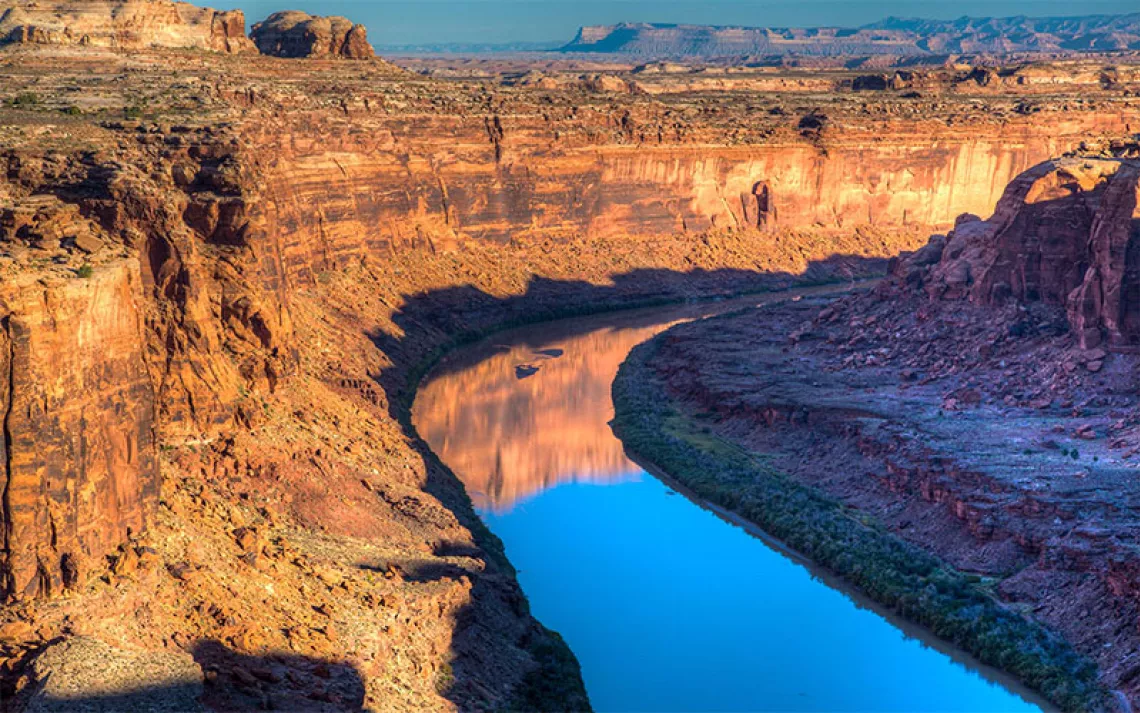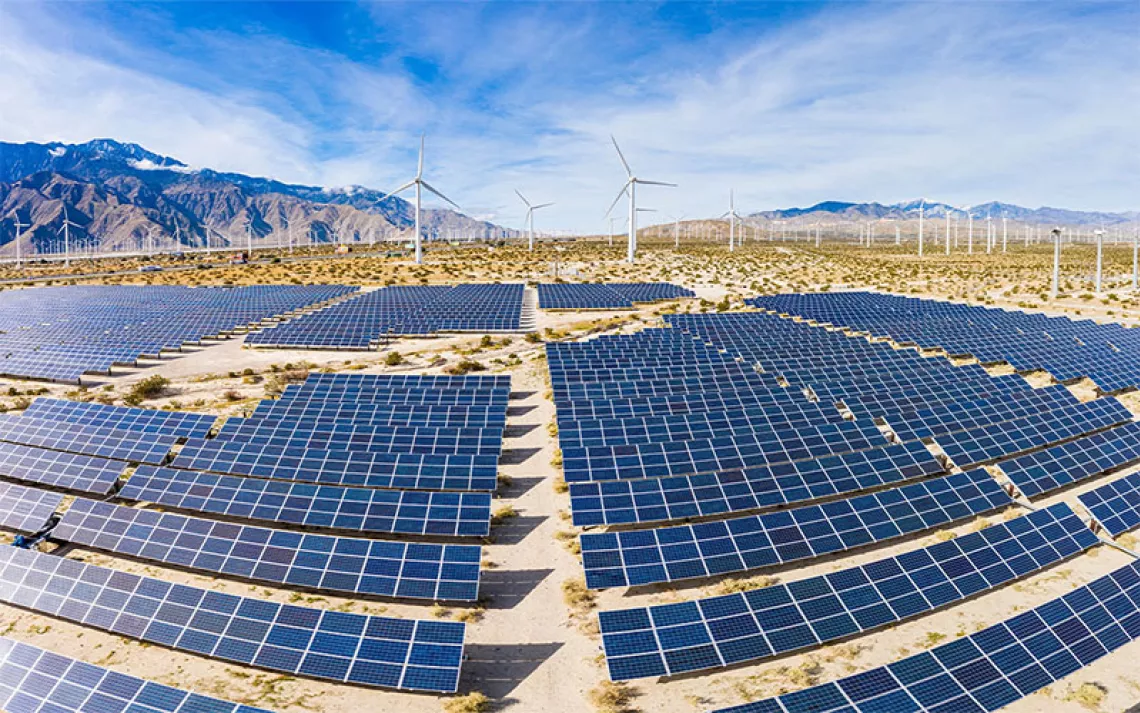Our Public Lands Need More Land and More Public
Public lands aren’t truly public if people don’t feel welcomed there

Photo by iStock/dansolomonphoto
Distributed by Trice Edney Newswire
Last Saturday, environmental advocate Bill Vanderberg was where he spends most of his Saturdays during the year—leading volunteers maintaining trails traversing the Santa Monica Mountains around Los Angeles.
Fittingly, last Saturday was National Public Lands Day. But Vanderberg’s efforts to care for natural places and to introduce young people to them over the past three decades aren’t prompted by holidays.
He’s seen the transformation in people when they experience the outdoors, particularly students in Crenshaw High’s Eco Club, which he ran for years and which eventually became the school’s biggest extracurricular program. He returned recently to Yosemite National Park with nine alumni, two of whom had never been there. “Why do I continue to do it?” he asks. “The look in their eyes and their smiles was why. The other seven already knew, which is why they came back”
He’ll be the first to tell you that more needs to be done across the entire country to create that exposure and to protect lands and waters as parks, preserves, monuments, and refuges.
“Los Angeles itself is a very park-poor community,” Vanderberg says. The state recreation area he lives near can only be reached by car on the southern end, while there are two trails with direct access on the northern edge in Baldwin Hills, he notes.
The arguments for more public outdoor spaces are overwhelming. Kids do better in school and experience less asthma when they have ready access to parks; older adults are healthier too.
Trees act as sponges for greenhouse gases, and acres preserved in a natural state aren’t available for development. The Sierra Club’s goal is to protect 30 percent of the nation’s landscape by 2030, which will mean more than doubling what we have today. Right now, we lose the equivalent of a football field of land to development every 30 seconds in this country.
Parks can more than pay for themselves. The Interior Department reported last month that visitor spending in communities near national parks in 2022 resulted in a record high $50.3 billion benefit to the nation’s economy and supported 378,400 jobs. Given federal spending of $3.3 billion, every one dollar spent on national parks creates more than $10 of economic benefit.

Sign up to receive Sierra News & Views
Get articles like this one sent directly to your inbox weekly.
With this action you affirm you want to receive Sierra Club communications and may vote on policy designated by the Sierra Club Board.
Bill Vanderberg points out that availability of parks is just a start to realizing equitable access. He spent the summer working in Yosemite. “I saw no African Americans all summer,” he says. “The only people of color I saw were from France.”
Our public lands aren’t truly “public” lands if significant percentages of the public don’t feel welcome using them, Vanderberg notes. In 2017, his students were recognized as the youth volunteer group of the year by Yosemite National Park. A few years later, he was threatened with arrest when he tried to use showers in the park.
“Racism at parks is real—both macro and micro. My kids have had numerous negative experiences while exploring ‘their’ public spaces,” Vanderberg says. “The problem is not the parks, but this racism in society.”
He’s right that parks aren’t the problem. They can be a part of the solution. Providing greater access to them and finding efforts to support them like the school club Vanderberg ran will bring more and more of us together. When we gather that way and can share in natural wonders side by side, we will grow closer as a nation.
 The Magazine of The Sierra Club
The Magazine of The Sierra Club



